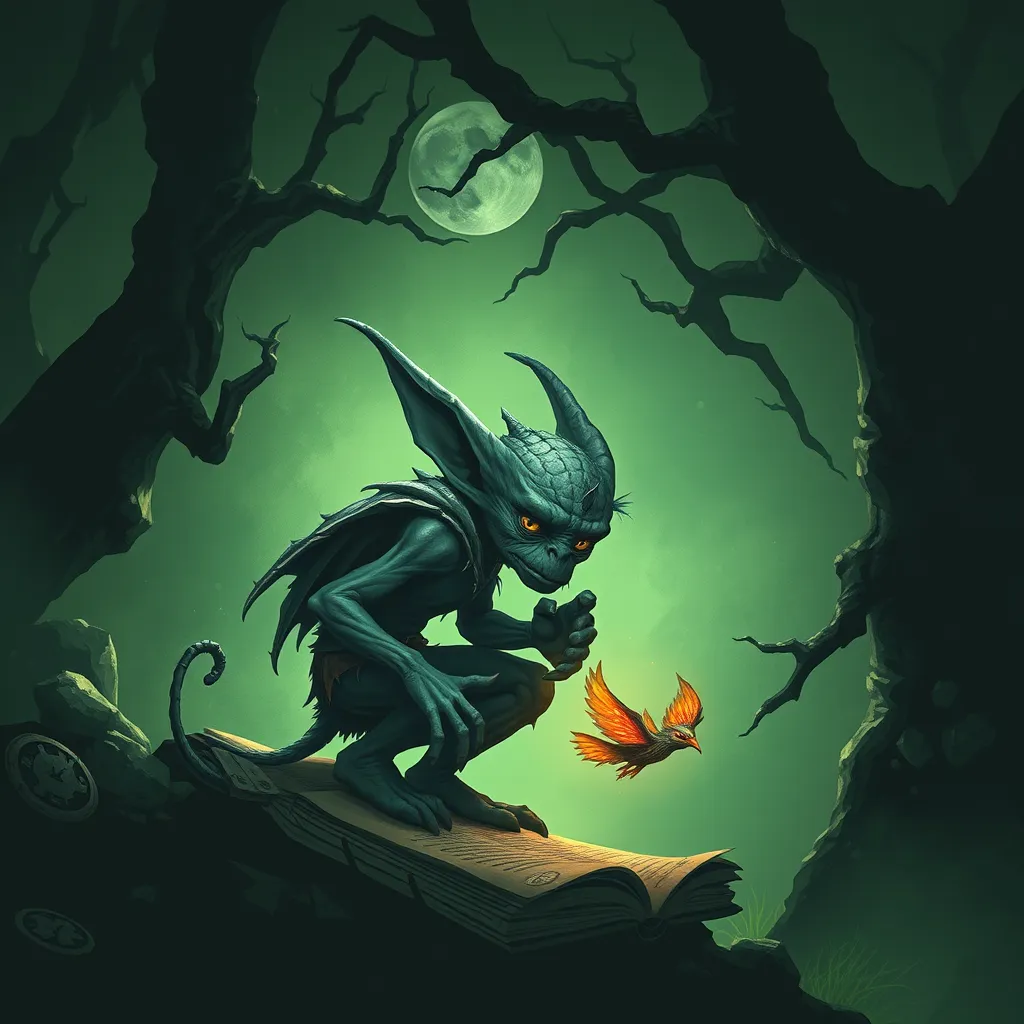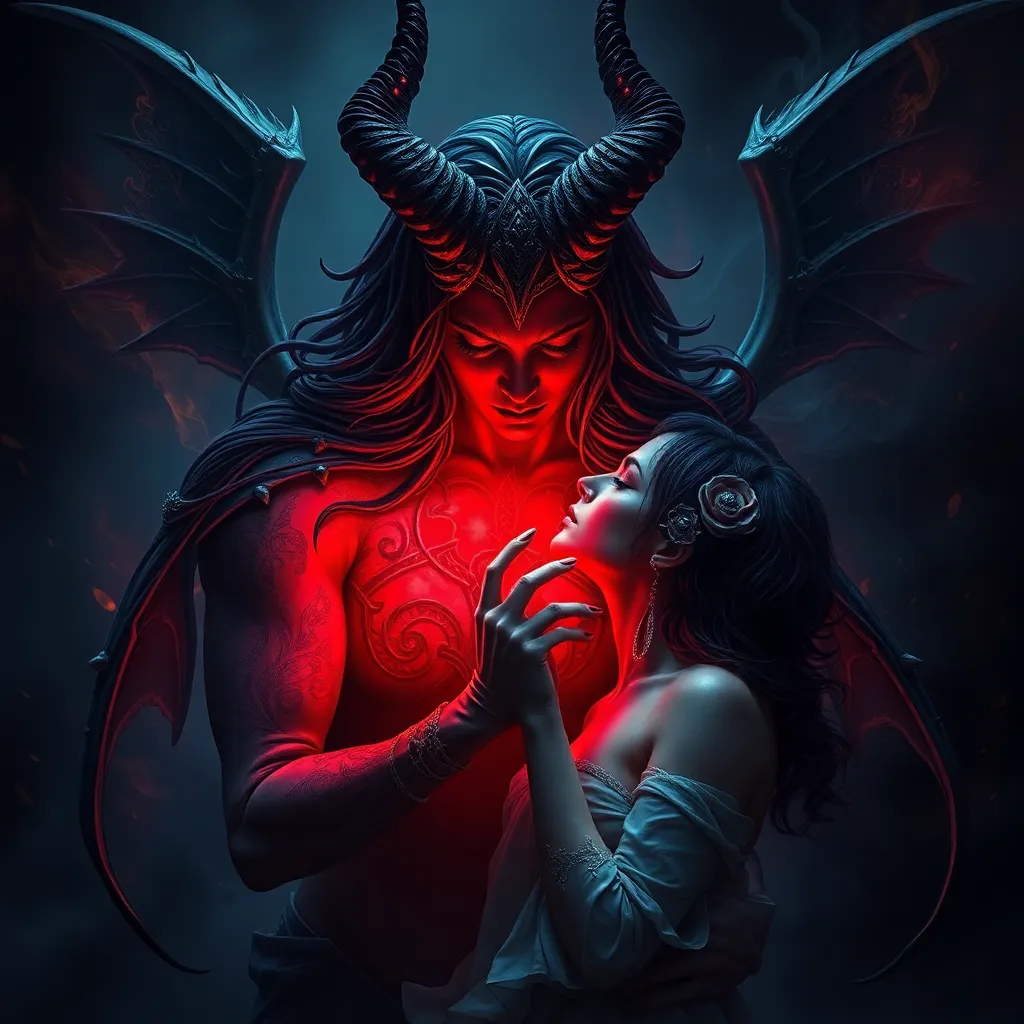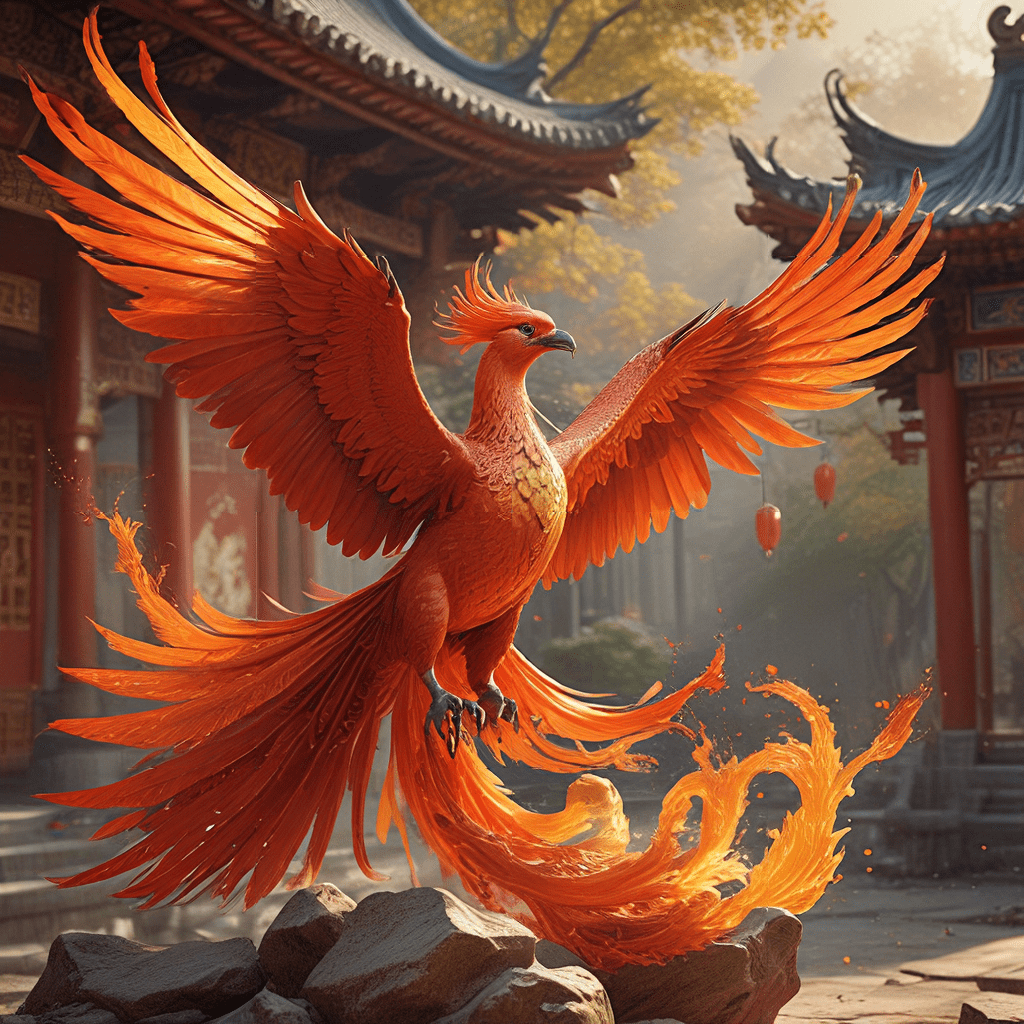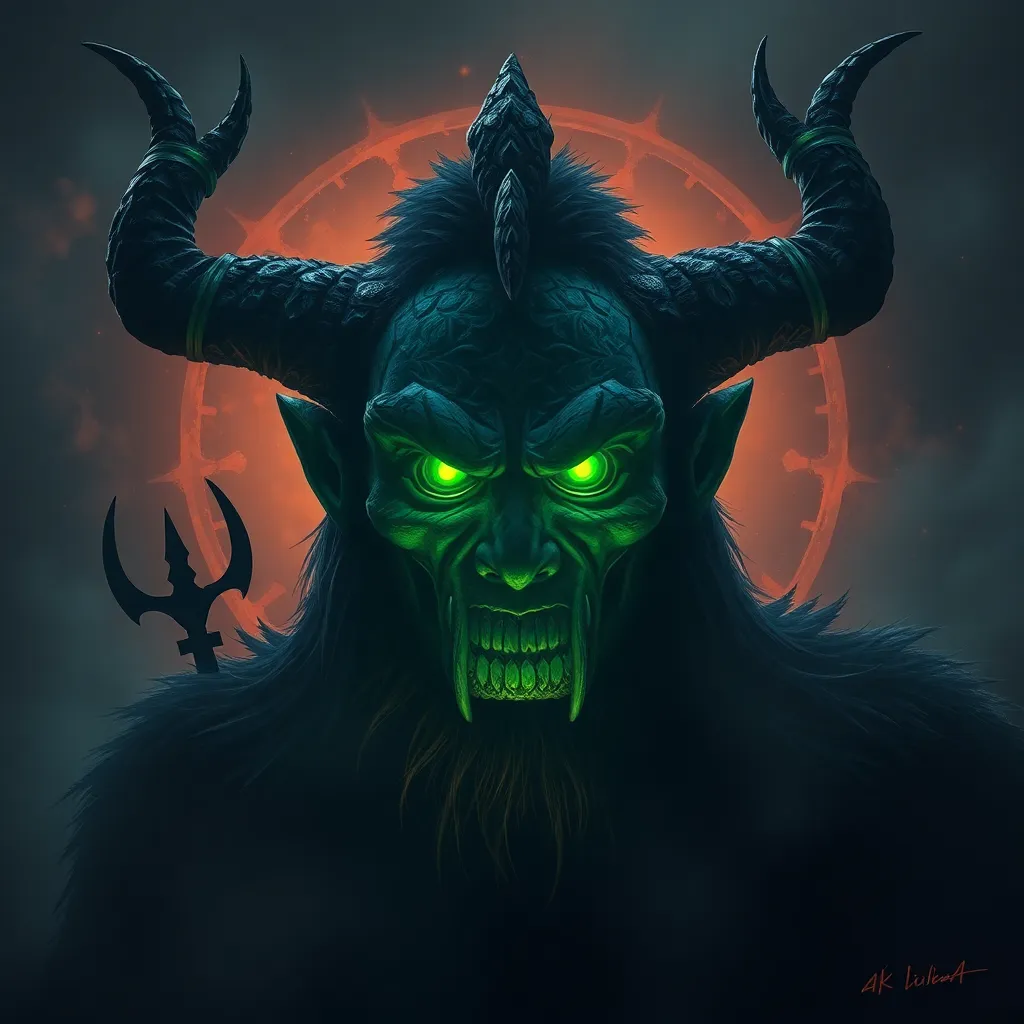Goblin Literature: A Collection of Goblin-Inspired Texts and Stories
I. Introduction to Goblin Literature
Goblin literature encompasses a rich tapestry of stories and texts featuring goblins, mischievous creatures rooted in folklore and myth. These narratives often reflect themes of mischief, cunning, and the duality of nature, presenting goblins as both adversaries and unlikely heroes. Characterized by their distinctive traits—such as greed and trickery—goblins have captured the imagination of audiences across generations.
The origins of goblin folklore can be traced back to medieval Europe, where they were often depicted as small, grotesque beings associated with the underworld and the supernatural. Over time, these creatures have evolved, gaining prominence in various cultures around the world and becoming symbols of the human experience in folklore.
The significance of goblins varies across cultures, from cautionary tales warning against greed to playful stories highlighting the importance of wit and resourcefulness. Their multifaceted nature allows them to be relatable figures, often embodying humanity’s darker traits while also offering a lens through which to examine moral and ethical dilemmas.
II. The Evolution of Goblin Characters in Literature
The portrayal of goblins has evolved significantly from their early depictions in folklore. Initially, these creatures were often seen as malevolent beings, causing havoc and mischief in human lives. As literature progressed, the characterization of goblins began to shift.
- Early Depictions: In traditional fairy tales, goblins are often portrayed as antagonists, embodying greed and mischief. They were commonly featured in stories where they would steal or trick humans, emphasizing the need for cleverness to overcome adversity.
- Modern Interpretations: Contemporary literature has reimagined goblins, providing them with more depth and complexity. They are often depicted as misunderstood creatures with their own struggles and motivations, reflecting a broader understanding of character development.
- Notable Authors: Writers like J.R.R. Tolkien and Terry Pratchett have significantly shaped goblin lore, bringing these characters into the realm of high fantasy and humor, respectively. Their works have contributed to a more nuanced understanding of goblins in popular literature.
III. Themes and Motifs in Goblin Stories
Goblin stories are rich with recurring themes and motifs that resonate with readers of all ages. These tales often explore significant social and moral issues through the lens of goblin characters.
- Mischief and Cunning: Goblins are frequently portrayed as tricksters, using their wit to outsmart others. This characteristic often leads to humorous situations and serves as a commentary on human nature.
- Greed: Many goblin tales revolve around the theme of greed, illustrating how it can lead to one’s downfall. The cautionary nature of these stories serves as a moral lesson about the consequences of excessive desire.
- Adversarial Roles: Goblins often serve as adversaries in narratives, challenging protagonists and highlighting the struggle between good and evil. Their role as tricksters adds a layer of complexity to these conflicts.
IV. Iconic Goblin Stories and Texts
Throughout literary history, several iconic goblin stories have emerged, each contributing uniquely to the canon of goblin literature.
- Classic Goblin Tales: One notable example is “The Goblin Market” by Christina Rossetti, which explores themes of temptation and sacrifice through the story of two sisters and their encounter with goblin merchants.
- Contemporary Works: In modern literature, J.R.R. Tolkien’s “The Hobbit” features goblins as formidable foes, showcasing their cunning and treachery within a larger narrative of adventure and heroism.
- Global Folklore: Goblins appear in various forms across different cultures, such as the Japanese ‘yokai’ or the Irish ‘leprechaun’, each bringing local flavor and cultural significance to the goblin archetype.
V. Goblins in Modern Media and Popular Culture
The representation of goblins has expanded beyond literature into various forms of modern media, influencing how these creatures are perceived today.
- Films: Goblins have been portrayed in numerous films, often as comedic sidekicks or villainous characters, contributing to their popularity in fantasy genres.
- Video Games: Many role-playing games feature goblins as playable characters or enemies, adding to the interactive experience and allowing players to engage with goblin lore in new ways.
- Comics: Comic books and graphic novels have also embraced goblin characters, often depicting them in humorous or satirical contexts that resonate with contemporary audiences.
VI. Creative Writing: Crafting Your Own Goblin Tales
For those inspired to create their own goblin stories, here are some tips and exercises to ignite your creativity:
- Character Development: Consider what makes your goblin unique. What are their desires, fears, and quirks? Dive deep into their personality to create relatable characters.
- Plot Ideas: Think about conflicts involving goblins. Perhaps they are trying to steal something, or they become unlikely allies in a quest.
- Writing Exercises: Write a short scene where a goblin encounters a human. How do they interact? What misunderstandings arise?
Encouraging diverse representations of goblins can lead to richer narratives, allowing for exploration of cultural backgrounds and unique traits that can redefine traditional goblin lore.
VII. The Role of Goblin Literature in Contemporary Society
Goblin narratives often reflect societal issues, providing a mirror through which we can examine our own lives and challenges.
- Social Commentary: Stories featuring goblins can address themes such as inequality, environmental issues, and the consequences of greed, resonating with contemporary audiences.
- Appeal in Modern Storytelling: The allure of goblins in storytelling lies in their ability to embody both chaos and creativity, making them compelling figures in narratives that explore human experiences.
- Symbols of Resilience: Goblins often represent adaptability and resourcefulness, traits that are increasingly relevant in today’s fast-changing world.
VIII. Conclusion: The Enduring Legacy of Goblin Literature
In conclusion, goblin literature offers a fascinating lens through which to explore human nature, societal issues, and moral lessons. The evolution of goblin characters—from malevolent tricksters to complex, relatable figures—reflects broader changes in literature and culture.
As we look to the future of goblin literature, there is ample potential for new interpretations and stories that challenge traditional narratives while embracing the rich heritage of goblin folklore. Readers are invited to engage with this captivating genre, whether through classic tales or modern adaptations, and to explore the myriad ways goblins can inspire creativity and reflection.




